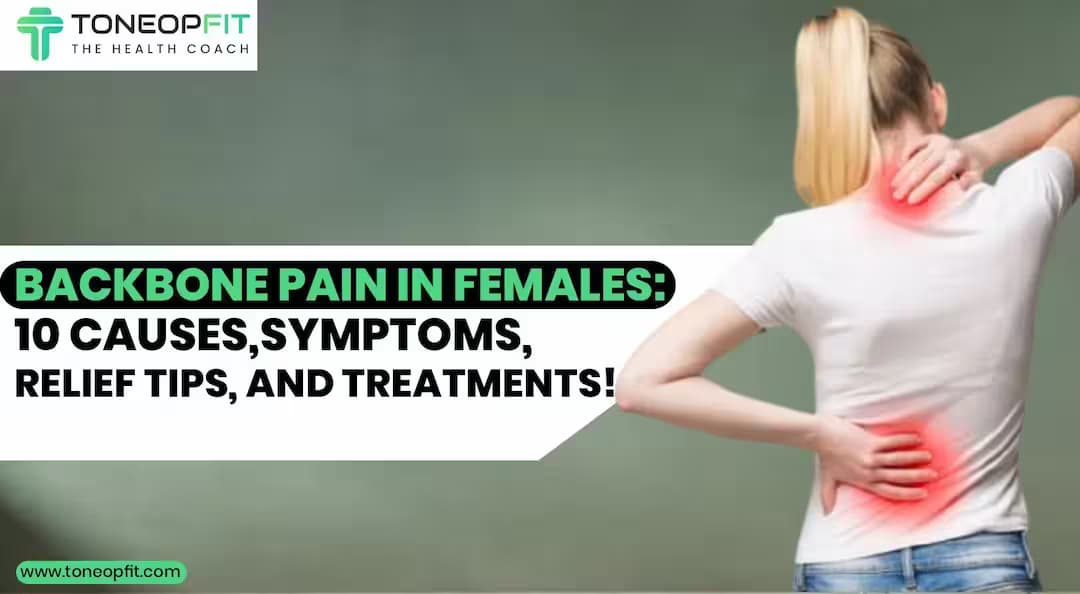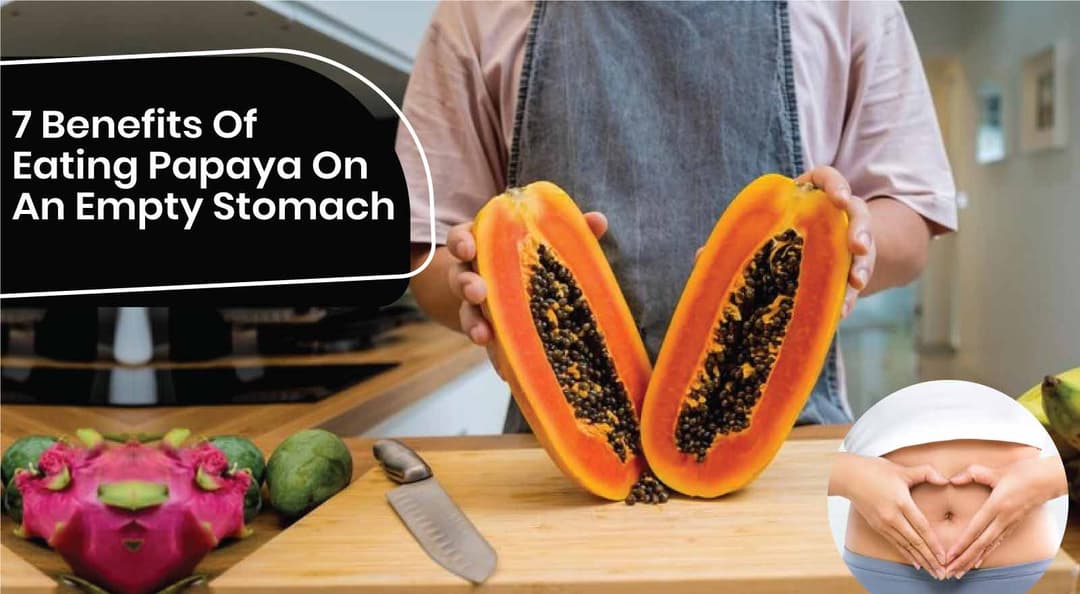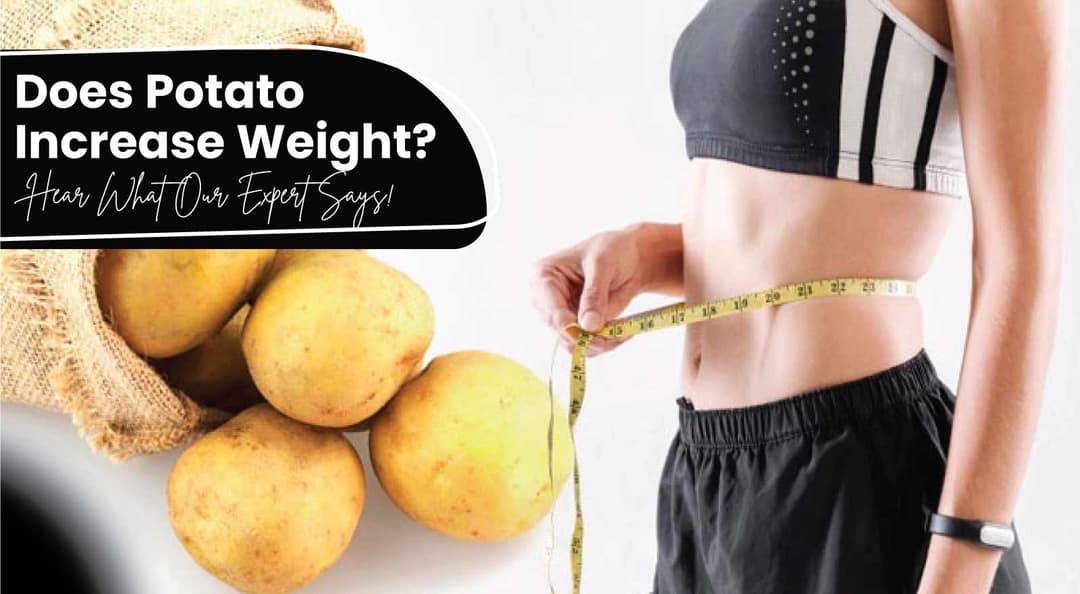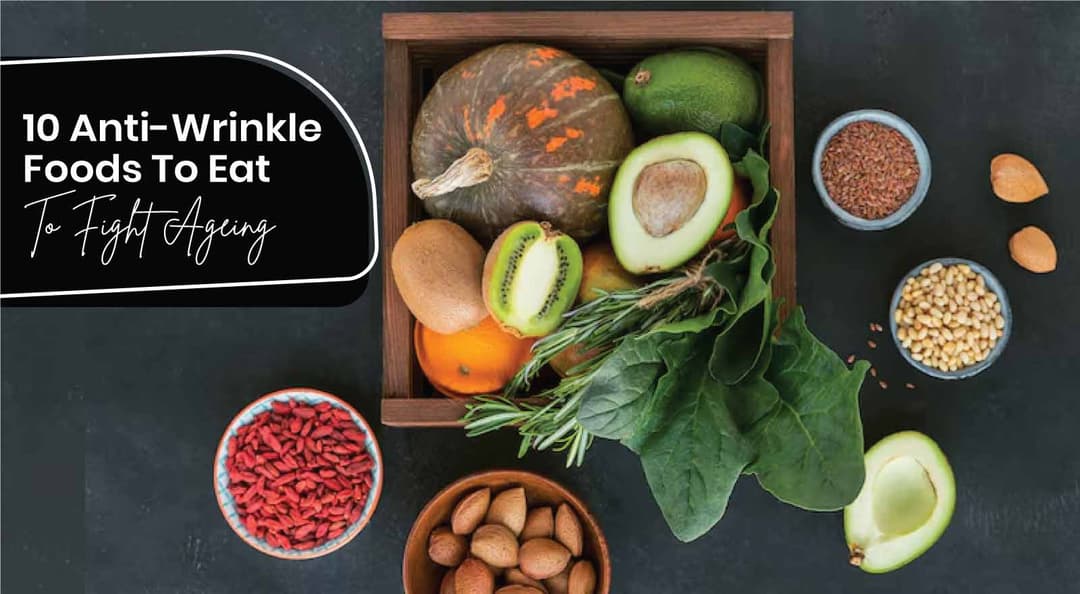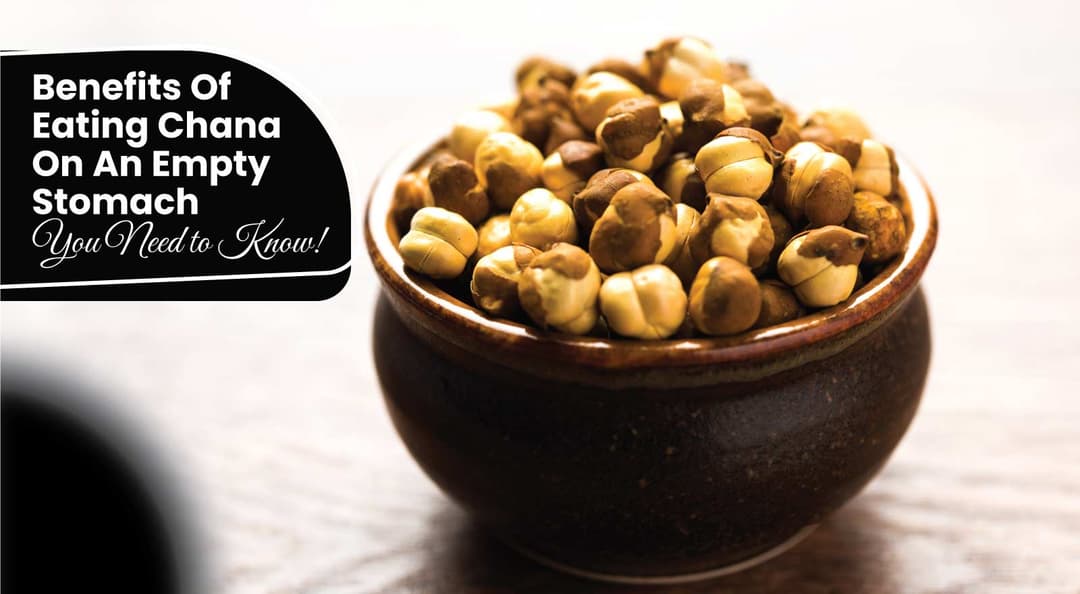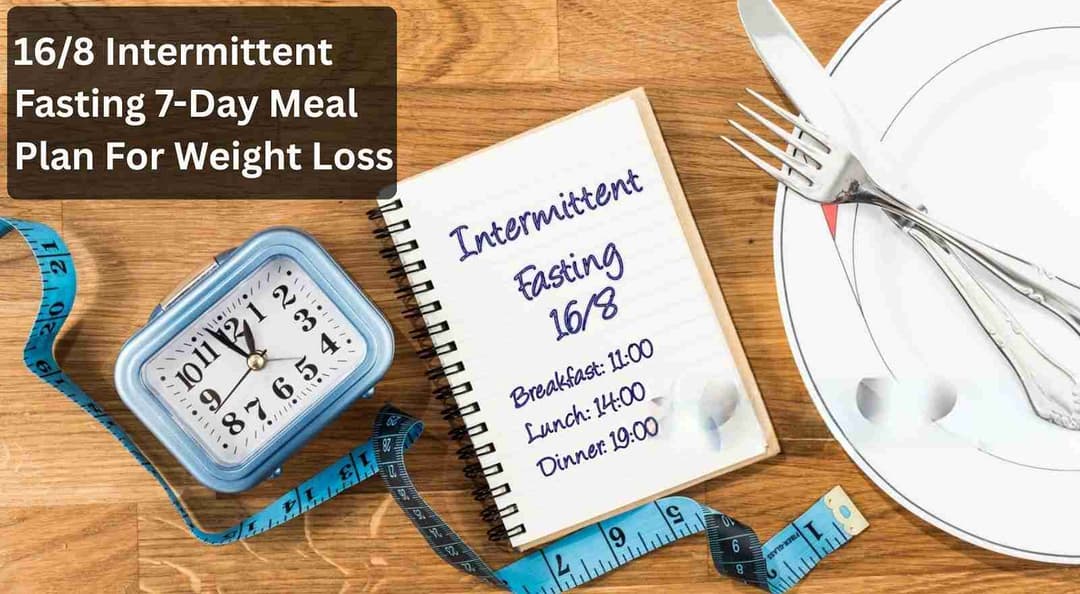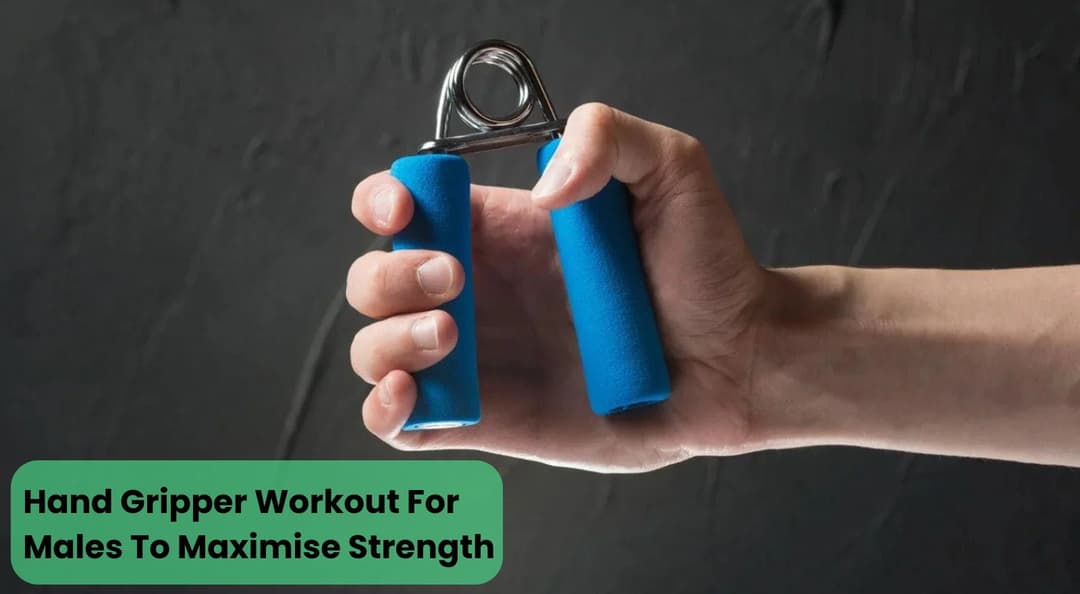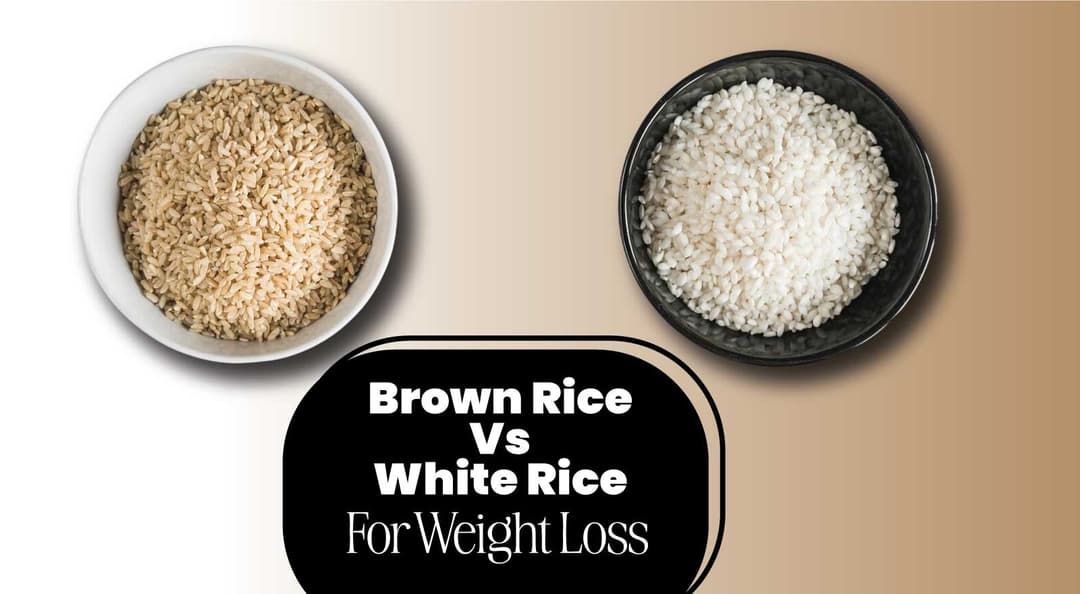Have you ever wondered why women seem more prone to back pain? Or perhaps you have experienced it and are curious about the underlying causes, symptoms, and effective relief options. Backbone pain in females is a common health concern that can significantly change the quality of life. Many women experience varying degrees of back pain, from occasional discomfort to chronic pain that interferes with daily activities. Understanding the underlying causes, recognising the female backbone pain symptoms, and effective relief tips and treatment options are significant for managing and preventing backbone pain.
To help you with the same, this blog discusses the ten most common causes of backbone pain in females, discusses the various symptoms that may arise, and explores various treatment options and preventive tips. So, let’s begin!
Table Of Contents
1. 10 Causes Of Backbone Pain In Females
2. How Can A Woman Stop Back Pain? 9 Tips
3. 12 Symptoms Of Backbone Pain In Females
4. 9 Treatments Of Backbone Pain In Females
5. Expert’s Advice
6. The Final Say
7. FAQs
8. References
10 Causes Of Backbone Pain In Females

Let’s discuss and understand these causes of backbone pain in females to prevent beforehand:
1. Poor Posture
Women who spend long hours sitting, often in front of a desk, may experience poor posture. Slouching, leaning forward, or carrying a heavy bag on one shoulder can strain the spine, causing discomfort. Over time, this can lead to conditions like kyphosis or lordosis, worsening the pain.
2. Muscle Strain
Overexerting the muscles surrounding the spine through sudden motions, lifting heavy objects, or engaging in strenuous physical activities can result in muscle strain, which can cause inflammation and pain. Examples include lifting heavy groceries or participating in sports without proper stretching. Try effective muscle toning workouts for beginners to reduce your strain.
3. Menstrual And Hormonal Changes
Hormonal shifts during menstruation, pregnancy, or menopause can affect muscles and joints, including those supporting the spine, causing backbone pain in females. Swelling from hormonal changes may compress spinal nerves, causing pain. For instance, the hormone relaxin during pregnancy loosens ligaments, adding to back discomfort.
Try ToneOp Care's Ova 360 Sachets to help manage menstrual and hormonal changes. They contain Myo-inositol, D-chiro inositol, vitamin D3, and folic acid, which can help regulate hormones, normalise menstrual cycles and improve ovulation. You can also try Period Care 360 to manage menstrual irregularities and PMS.
4. Pregnancy Complications
Pregnancy causes significant physical changes like weight gain, altered posture, and additional pressure on the lower back. The growing uterus strains the spine, leading to pain, while the hormone relaxing loosens ligaments, further contributing to discomfort.
5. Osteoporosis
This condition causes bones to weaken, often due to calcium loss, causing backbone pain in females. It is common among postmenopausal women due to lower estrogen levels, which reduce bone density. Osteoporosis can result in fractures, including in the spine, which leads to severe pain and disability.
To help your bones stay strong, you can take Bone 360 Tablets by ToneOp Care, which have a mix of nutrients like calcium, magnesium, vitamin D, zinc, and alfalfa. These nutrients can help strengthen your bones and muscles, reduce joint pain, and improve bone density and flexibility.
Also Read: 15 Most Effective Exercises For Lower Back Pain | ToneOpFit
6. Spinal Arthritis
Arthritis, particularly osteoarthritis, can cause long-term back pain. Women are more prone to rheumatoid arthritis, which can cause inflammation in the spine's joints, leading to stiffness and pain. Osteoarthritis wears down cartilage between spinal bones, while rheumatoid arthritis inflames the joints.
7. Sedentary Lifestyle
Less physical activity weakens the muscles and tissues around the spine, reducing their ability to support it properly. This, combined with poor circulation and stiff joints, can lead to excessive back pain, especially when sitting for long periods without stretching or movement.
For personalised workout routines that can complement your caffeine metabolism, consider ToneOp Fit's Home Workout Plan. Choose from bodyweight exercises, HIIT workouts for a quick sweat session, or targeted strength training to build muscle and accelerate your metabolism.
8. Obesity
Carrying excess weight puts pressure on the spine, especially in the lower back. Obesity can accelerate disc degeneration and increase the likelihood of conditions like herniated discs. It can also cause very poor posture and weakened muscles, contributing to back pain.
ToneOp Fit's Balanced Diet Weight Loss Plan emphasises nutrient-rich foods like fruits, vegetables, nuts, and seeds for sustainable weight loss. The plan features a personalised diet tailored to your specific needs and location, ensuring that you receive balanced nutrition without the need for additional supplements. With access to over 40,000 healthy recipes, you can enjoy many delicious and nutritious meals that support both your weight loss goals.
9. Spondylolisthesis
This situation occurs when a vertebra slips over another, causing misalignment and lower back pain. It's more common in older women due to bone degeneration and can result from trauma, birth defects, or degenerative conditions.
10. Stress And Anxiety
Emotional stress can occur physically, causing muscle tension and backbone pain in females, including in the back. Women often experience stress-related muscle tightness, which worsens back pain. Chronic stress also affects sleep, which can further aggravate pain.
Also Read: Physiotherapy Exercises For Lower Back Pain Relief
How Can A Woman Stop Back Pain? 9 Tips
Try these practical tips to stop backbone pain in females and get an immediate relief:
1. Practice Good Posture
Maintain a proper upright posture with shoulders relaxed and aligned over the hips. Avoid slouching or hunching, especially when sitting at a desk or standing for extended periods.
2. Exercise Regularly
Include regular physical activity into your routine, focusing on exercises that strengthen the core muscles, like yoga, variations of squat workouts, Pilates, or swimming. These exercises improve spinal stability and reduce the risk of back pain.
3. Maintain A Healthy Weight
A balanced meal plan and regular strength training exercises can help you balance a healthy weight, reducing the pressure on your spine and preventing conditions like herniated discs or spinal arthritis.
4. Lift Properly
When lifting weighted things, bend at the knees and use your legs to properly lift rather than your back. This helps to minimise strain on the spine and prevent injuries.
5. Wear Supportive Footwear
Choose shoes with properly aligned arch support to maintain spinal alignment and lower the risk of backbone pain in females. Avoid wearing tiring high heels for extended periods, contributing to lower back pain.
Also Read: Learn The Benefits Of Brisk Walking Every Day
6. Stay Hydrated
Drink plenty of water daily to ensure healthy spinal discs, preventing female backbone pain. The discs act as cushions between the vertebrae and require adequate hydration to maintain their elasticity and function.
7. Take Breaks
If you have a sedentary task or spend long hours standing, take regular breaks to stretch and move around. This helps prevent muscle stiffness and promotes better circulation.
8. Use Ergonomic Furniture
Invest in ergonomic furniture, such as a supportive chair and desk, to reduce excessive strain on your spine while working. Ensure your workspace is arranged to encourage proper posture.
9. Manage Stress Effectively
Practice stress-management ways like guided deep breathing, meditation, or mindfulness to reduce muscle tension and prevent stress-induced back pain. These ways can help you calmly relax and cope with the demands of daily life.
Also Read: Check Out These 15 Barbell Back Workouts
12 Symptoms Of Backbone Pain In Females
Note and identify these symptoms of backbone pan in females for taking timely adequate measures:
Symptom | Impact |
Localised Pain | Pain can be felt consistently along the spine, from the full-neck (cervical spine) to the lower back (lumbar spine). This pain may feel sharp, dull, or throbbing. |
Muscle Stiffness | Muscles around the spine feel tight or inflexible. Stiffness may worsen after prolonged inactivity, like sitting or sleeping. |
Radiating Pain | Pain may spread to other areas, like the hips, buttocks, or legs. This is especially common in conditions like sciatica, where pain radiates down the leg. |
Numbness or Tingling | Sensation loss or tingling occurs in areas connected to the affected part of the spine. An instance could be a compressed nerve in the lower back, resulting in less leg sensation. |
Reduced Range of Motion | Difficulty bending, twisting, or performing daily activities. Backbone pain often limits the ability to move freely, making standing, walking, or engaging in hobbies or sports difficult. |
Muscle Weakness | Muscles may become weak, particularly if nerve function is impaired. This weakness may make it difficult to stand, walk, or perform activities that require spinal support. |
Chronic Discomfort | Pain that persists for weeks or months. Some females may experience chronic backbone pain that significantly affects their sleep, mood, and overall quality of life. |
Changes in Posture | Backbone pain can lead to changes in posture, such as slouching or leaning to one side, to alleviate discomfort. |
Difficulty Sleeping | Pain can disrupt sleep, causing fatigue and difficulty concentrating. |
Increased Sensitivity | The affected spine area may become more sensitive to touch or pressure. |
Hindrance In Daily Activities | Pain may worsen with certain activities, such as lifting heavy objects, bending, or twisting. |
Emotional Impact | Chronic backbone pain causes feelings of frustration, anxiety, or depression. |
Also Read: 15 Powerful Dumbbell Exercises For Back At Home
8 Treatments Of Backbone Pain In Females
Consider these recommended treatments of backbone pain in females to get relief:
1. Physical Therapy
This treatment for backbone pain involves a tailored physiotherapy exercises for lower back pain relief and is designed to strengthen the muscles and tissues supporting the spine, improve flexibility, and reduce pain. Physical therapists may also use hands-on techniques like massage, mobilisation, or spinal manipulation to address specific areas of tension or dysfunction.
2. Prescribed Medications
Recommended pain relievers like nonsteroidal anti-inflammatory drugs (NSAIDs) are prescribed for managing mild to moderate backbone pain by reducing inflammation and relieving discomfort. However, a doctor prescribes stronger medications or muscle relaxants for severe pain or underlying conditions.
3. Heat And Cold Therapy
Trying this therapy with heat or cold to the affected area can temporarily relieve backbone pain. Cold therapy, including fresh ice packs or highly cold compresses, helps reduce excessive inflammation and numb the area, while heat therapy, like heating pads or warm baths, relaxes muscles and tissues and improves blood circulation.
4. Chiropractic Care
This care involves manual adjustments to the spine to realign the exact vertebrae and improve nerve function. Chiropractors use hands-on ways to impact the spine and relieve backbone pain, which can be particularly beneficial for females with conditions like spondylolisthesis or spinal arthritis.
Also Read: Yoga Poses for Flexibility Enhancement & Empower
5. Massage Therapy
It is a relaxing and effective treatment for backbone pain that involves the manipulation of soft tissues to reduce muscle tension, improve blood flow, and promote relaxation. Regular massage sessions can also help manage stress-related pain.
6. Acupuncture
It is an ancient Chinese remedy that involves inserting thin needles into specific excessive pain points on the body to lower the body's natural pain-relief mechanisms and reduce inflammation. It is a popular alternative treatment for backbone pain and can be particularly effective for chronic conditions.
7. Steroid Injections
For severe backbone pain caused by inflammation, a doctor may recommend corticosteroid injections. These effective injections are injected directly to reduce inflammation around the nerves and provide long-lasting pain relief.
8. Surgery
It is typically recommended at last for treating backbone pain and is reserved for severe cases after all other treatments don’t work. Surgical options include spinal fusion, discectomy (removal of a herniated disc), or laminectomy (removal of part of a vertebra to relieve nerve pressure).
Also Read: 12 Most Effective Upper Body Workout Poses
Expert’s Advice
For females experiencing back-bone pain, maintaining a balanced diet rich in anti-inflammatory foods is essential. I recommend omega-3 acids from salmon, flaxseeds, and quality walnuts to reduce inflammation. Ensure adequate calcium and vitamin D intake from dairy, fresh leafy greens, and fortified foods to support bone health. Magnesium-rich foods like spinach and almonds help relax muscles, while lean proteins support muscle recovery.
Also, stay hydrated to maintain spinal disc integrity. Limiting processed foods, sugars, and excessive caffeine can prevent inflammation. A nutrient-dense diet paired with regular exercise can help manage and prevent backbone pain in females.
Health Expert
Akshata Gandevikar
The Final Say
Therefore, by understanding the causes and symptoms of backbone pain in females, you can take proactive steps to manage and prevent this common condition. Regular physical activity, good posture, and a healthy weight help maintain a healthy spine. When pain persists, seeking professional guidance, like physical therapy or medical advice, can provide effective relief and improve wellness. With proper care, females can reduce backbone pain and enjoy a more comfortable and active life.
FAQs
1. How can pregnancy affect backbone pain?
Pregnancy brings different significant changes in a woman's body, including weight gain and the expanding uterus. These changes can put extra pressure on the lower back, leading to pain. Also, the hormone relaxin loosens ligaments around the pelvis, causing instability and further contributing to back discomfort.
2. How can poor posture lead to backbone pain?
Slouching or hunching over can misalign the spine, placing undue strain on the back muscles and joints. Over time, this can result in muscle fatigue, joint stress, and eventually pain, particularly in the neck and lower back.
3. How can a sedentary lifestyle lead to backbone pain?
Less physical activity can weaken the muscles and tissues that support the spine, reduce flexibility, and decrease circulation. This can make the spine more susceptible to strain, stiffness, and pain, especially in the lower back.
4. How can diet help manage backbone pain?
A diet high in specific anti-inflammatory foods, like fish, nuts, fresh leafy greens, and whole grains, can help reduce inflammation around the spine. Adequate calcium and vitamin D intake is required for bone health, while magnesium supports muscle relaxation.
References
- https://www.spine-health.com/blog/7-back-pain-conditions-mainly-affect-women
- https://illinoispain.com/blog/what-are-common-causes-of-lower-back-pain-in-women/
- https://www.mayoclinic.org/diseases-conditions/back-pain/symptoms-causes/syc-20369906
- https://www.medicalnewstoday.com/articles/172943
- https://my.clevelandclinic.org/health/diseases/22325-back-pain
- https://www.hopkinsmedicine.org/health/conditions-and-diseases/back-pain/7-ways-to-treat-chronic-back-pain-without-surgery
About ToneOp Fit
ToneOp Fit is a platform dedicated to improving and maintaining good health through a comprehensive range of goal-oriented health plans with up to 3 Coach support. With a range of Weight Management, Medical Condition, Detox Plans, and Face Yoga Plans, the app also provides premium health trackers, recipes and health content. Get customised diet, fitness, naturopathy & yoga plans and transform yourself with ToneOp.











